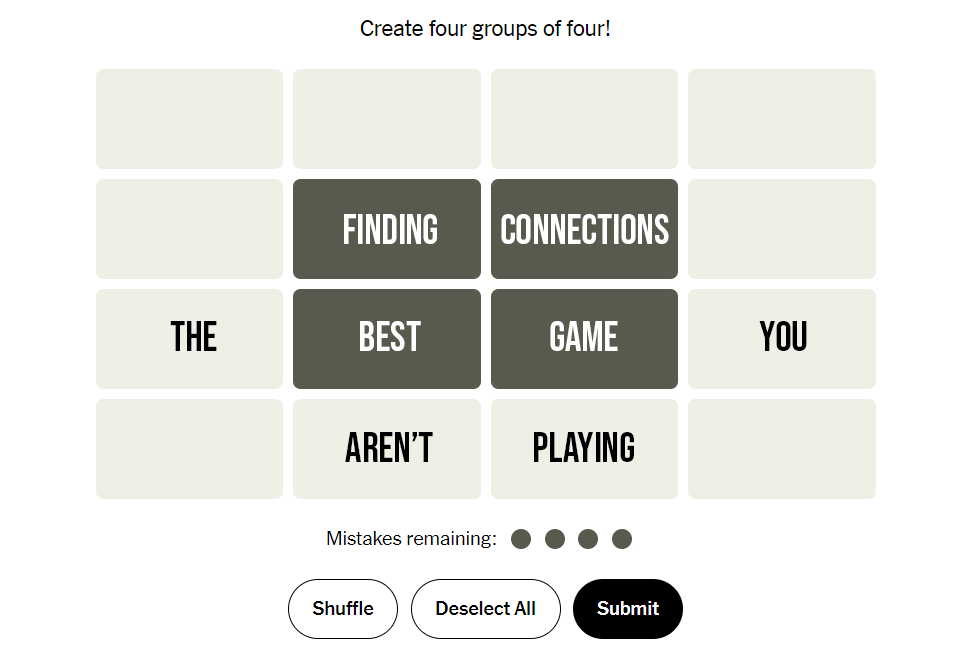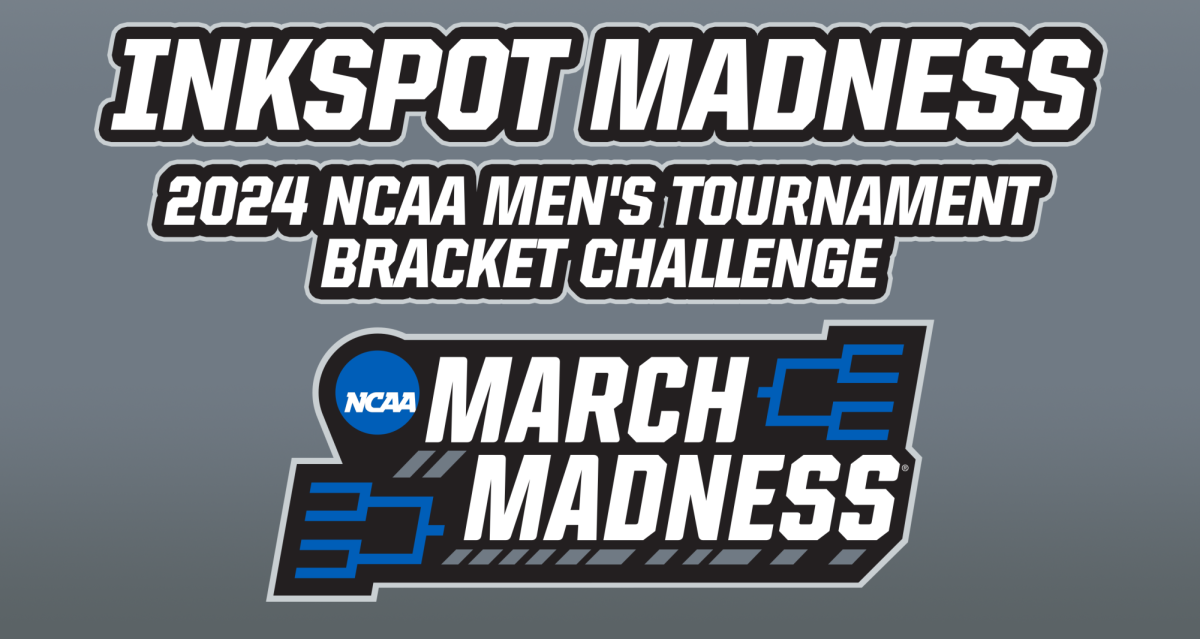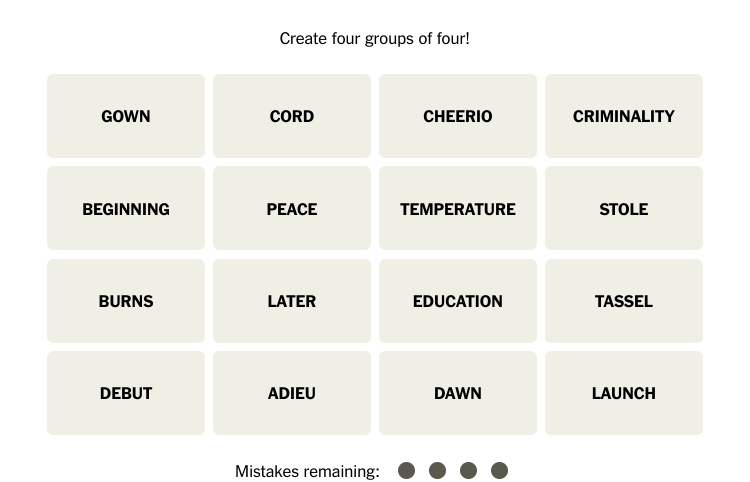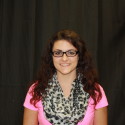With many different courses to choose from, finding the right one can be difficult. This week freshmen, sophomores, and juniors are signing up for classes the 2014-2015 school year. Students need nine elective credits to graduate among other requirements, one elective choice is Photography I.
Photography is an art class taught by Mrs. Jennifer Kelly. According to the course description book, “In this course, black and white photography will be taught as a form of visual communication. Students will learn to use a 35 mm manual camera, develop film and develop black and white photographs in the darkroom. No prerequisite is required; however, it is suggested that students have some kind of art or design related background. The photography course will follow a prescribed outline with the majority of the work being confined to the classroom.”
The class begins teaching darkroom basics since students will be spending a lot of time in there throughout the semester. Students learn the parts of the enlarger and the different chemicals that will help develop their images. The chemicals have a specific order in which they go in and a certain amount of time the photo will have to be in the chemical. As shown in the images above, the darkroom removes all colors except for black and grey. This is to protect the images from being exposed to the incorrect light. You will notice that your clothes will lose color when the darkroom lights are on.
For the first project in photography, students were to bring in around five small items (enough to fit on a piece of photo paper) to use in the darkroom. This picture would be scanned into the computers and edited in Photoshop. Students had to tint and color each of the items in the image for the project. The pictures for this project were done by Clarissa McCormick (12).
The second project is a project in which a student cuts out a shape and then processes it in the darkroom. After scanning it into the computer, the student will edit it in Photoshop. The editing process would include coloring the image and smoothing out rough spots. This project was used to further a student’s skills in Photoshop. The image features for this project were done by Payton Moore (12).
Students were able to make their own cameras out of Poptart sized boxes called pinhole cameras. Since the pictures taken from these cameras did not have immediate exposure, students had to have it remain still for 5-6 minutes while the image processed on the photo paper inside the box. The images from this project were taken by Ellie Trunk (12).
The rest of the projects were done on the camera. Students study different types of camera angles and how to get them right. They also work on getting the picture as clear as possible. The different angles consist of bird’s eye, worm’s eye, close up, middle distance, long distance, framing, depth of field, rule of thirds, and leading lines. Students will learn exactly what each of these mean and what they look like.


![Community honors longtime coach Mr. Bryan Thomas before Oct. 3 game [photo gallery]](https://nchsinkspot.com/wp-content/uploads/2025/10/Thomas-6-1200x1200.jpg)



























![Week 7: Coach Drengwitz recaps the Ironmen’s win over Bloomington, talks Danville [video]](https://nchsinkspot.com/wp-content/uploads/2025/10/Vikings-feature-Image-1200x675.png)
















![Halloween candy cross section quiz [quiz]](https://nchsinkspot.com/wp-content/uploads/2022/10/Candy-cover-big-900x675.png)
![Average Jonah? [quiz]](https://nchsinkspot.com/wp-content/uploads/2022/05/average-jonah-900x600.png)






















![Week 5: Coach Drengwitz previews the Ironmen’s matchup vs. Peoria Manual, recaps Week 4 [video]](https://nchsinkspot.com/wp-content/uploads/2025/09/Week-5-v-Rams-1200x675.png)
![Postgame reaction: Coach Drengwitz on Community’s 28-17 Loss to Kankakee [video]](https://nchsinkspot.com/wp-content/uploads/2025/09/Week-4-postgame--1200x675.png)
![On the Spot: This or That – Halloween [video]](https://nchsinkspot.com/wp-content/uploads/2024/10/tot-Halloween-YT-1200x675.png)
![On the Spot: This or That – Fall favorites [video]](https://nchsinkspot.com/wp-content/uploads/2024/10/ots-fall-web-1200x800.png)
![On the Spot – Teachers tested on 2023’s hottest words [video]](https://nchsinkspot.com/wp-content/uploads/2024/01/On-the-Spot-Teachers-tested-1200x675.png)








